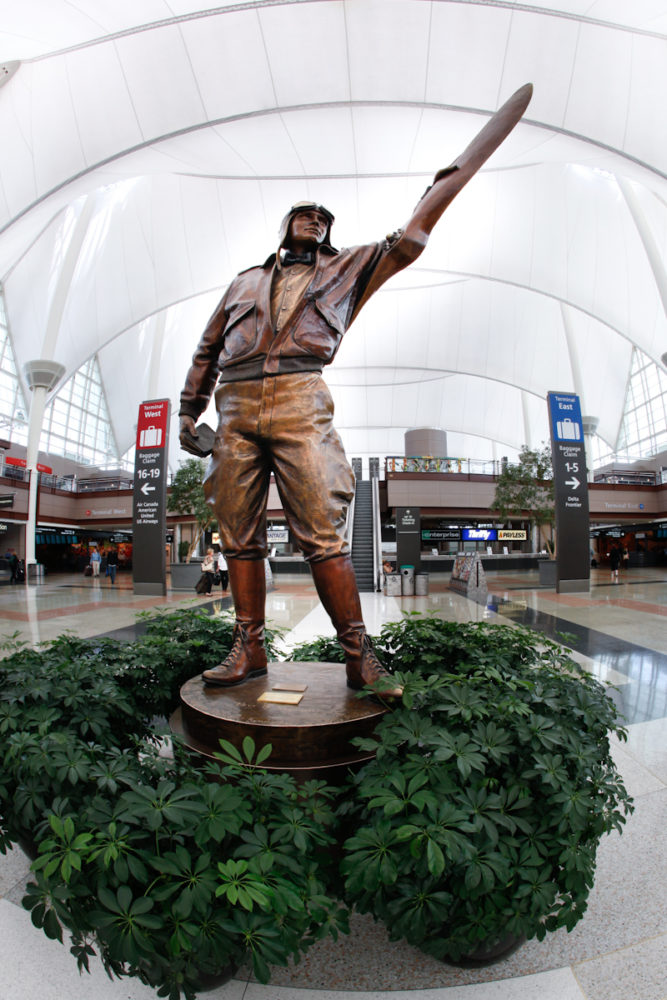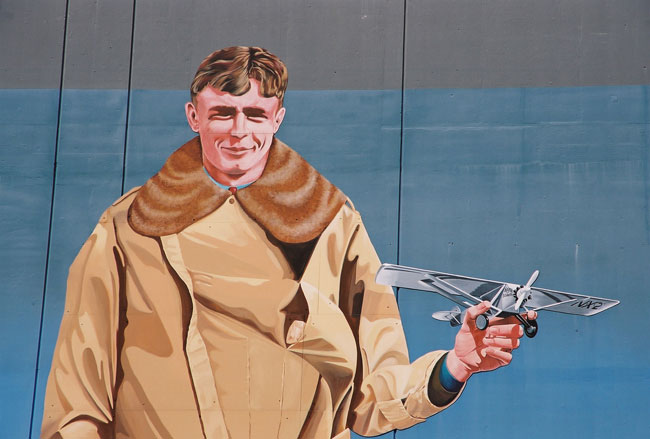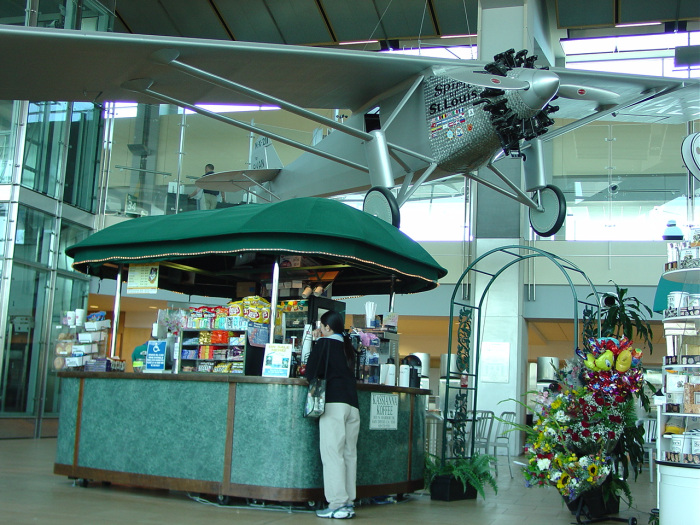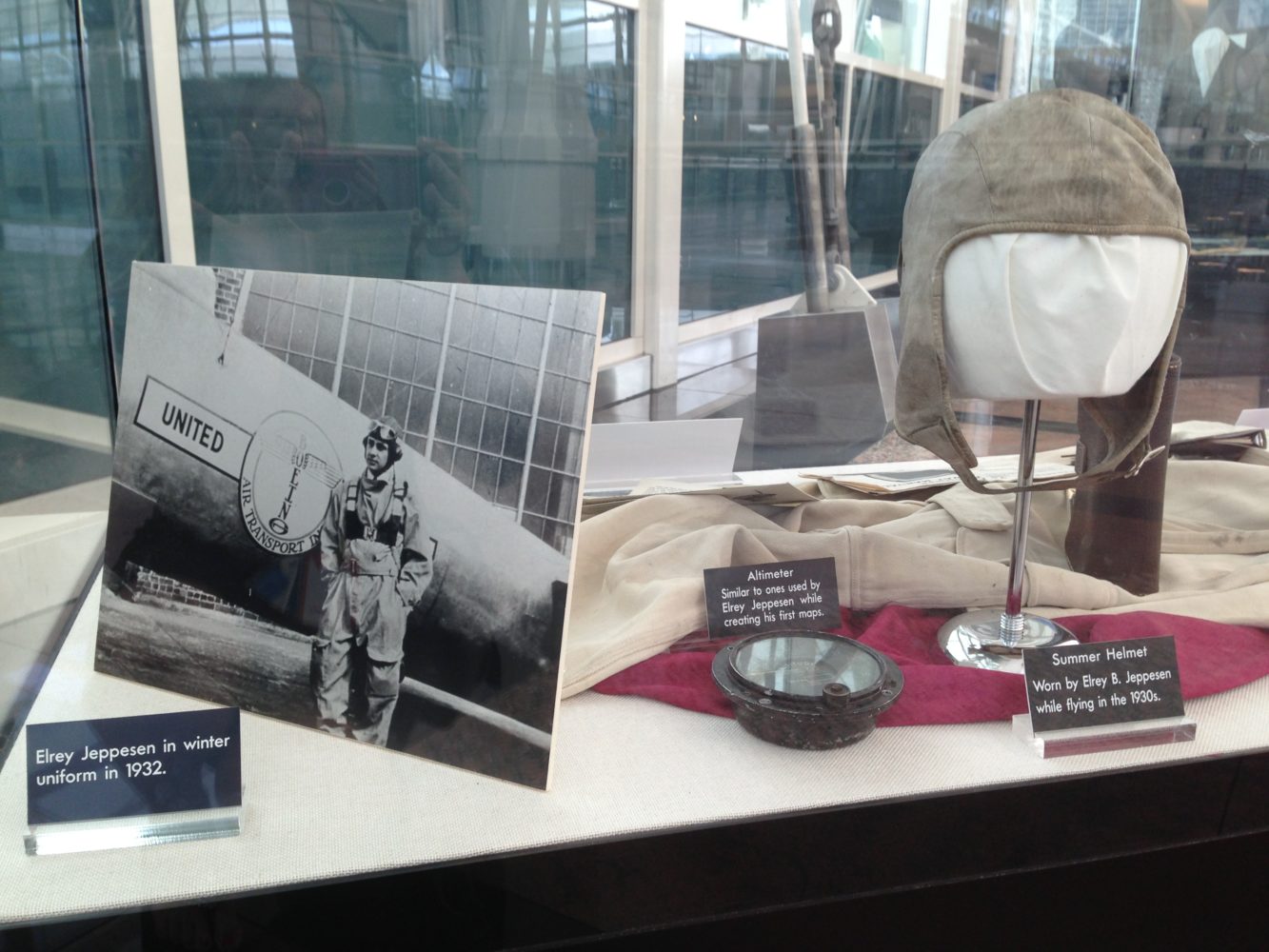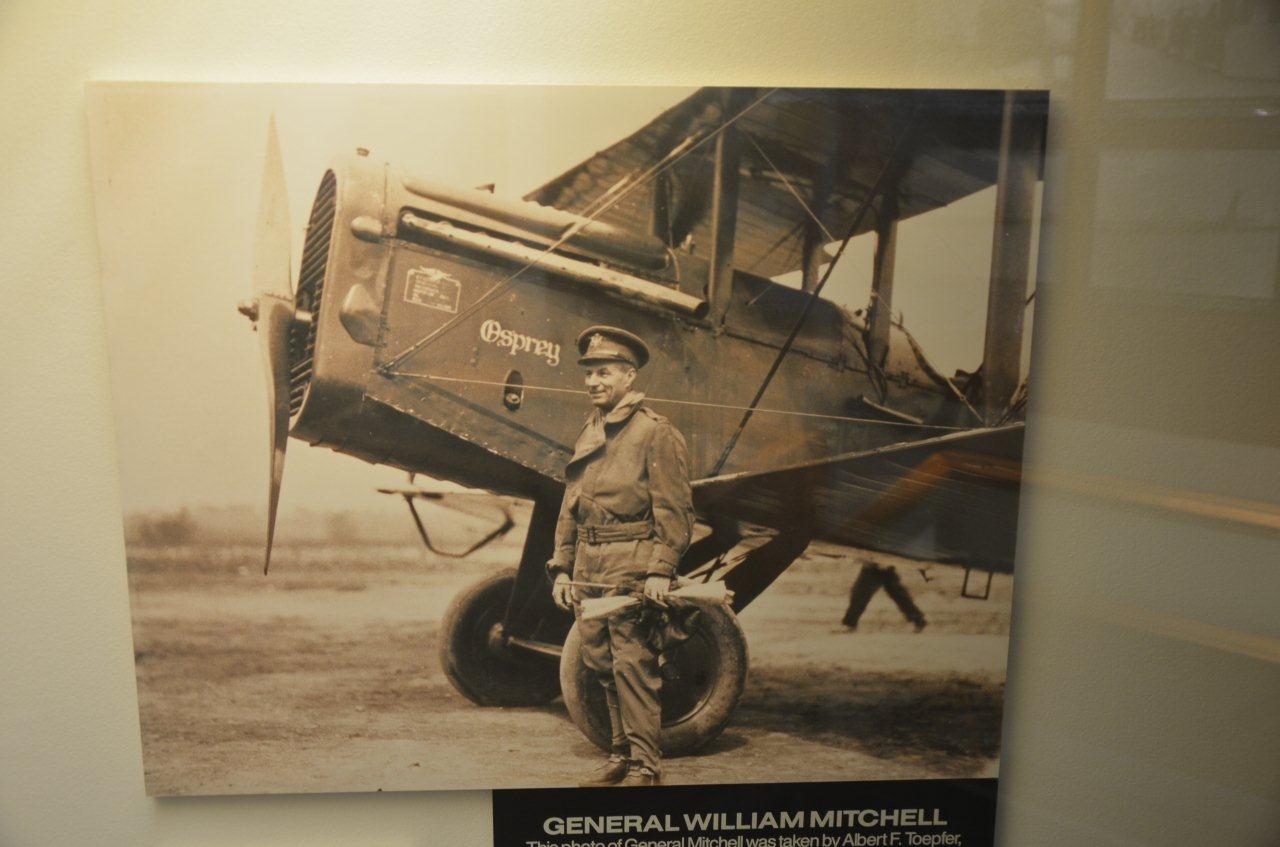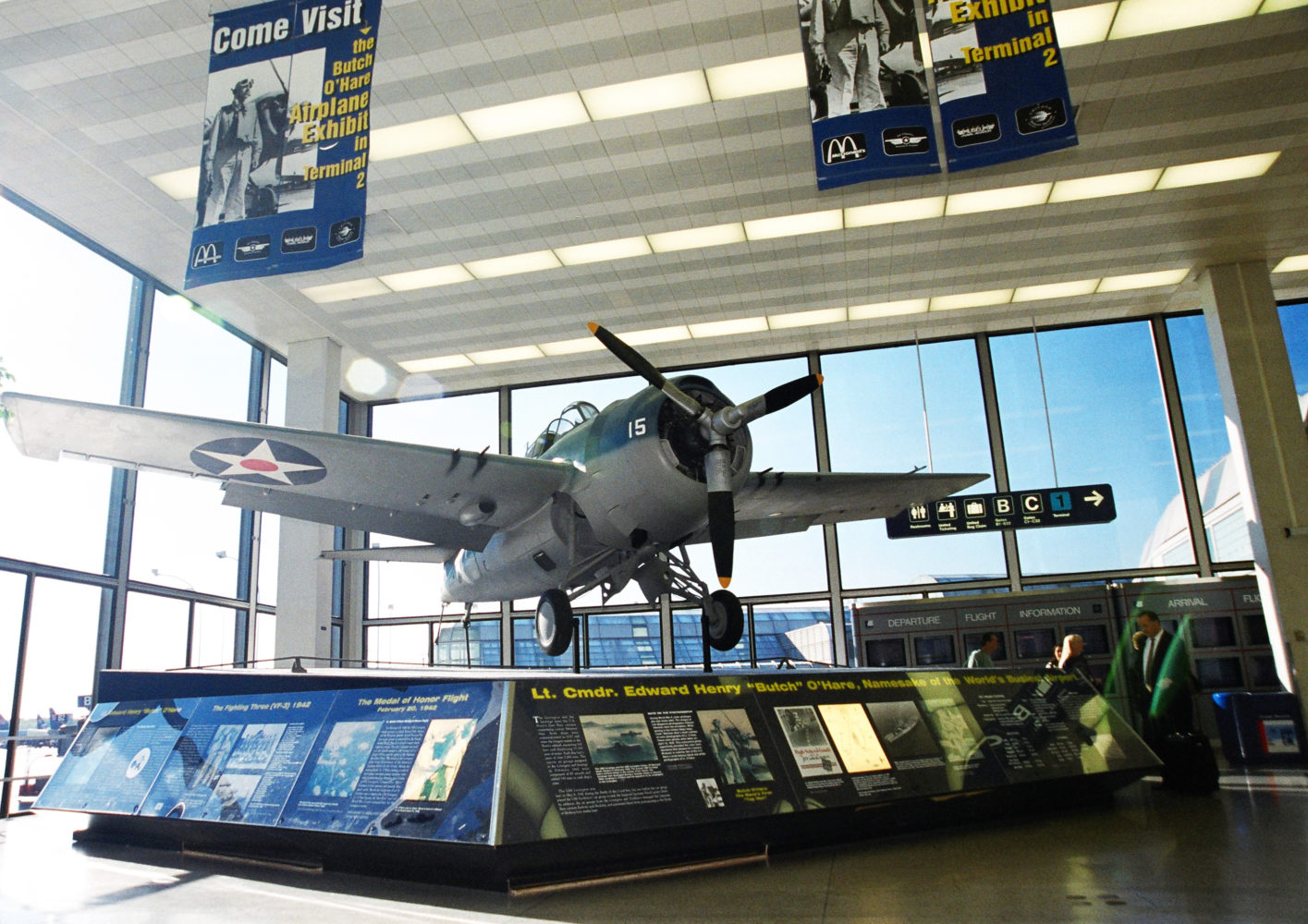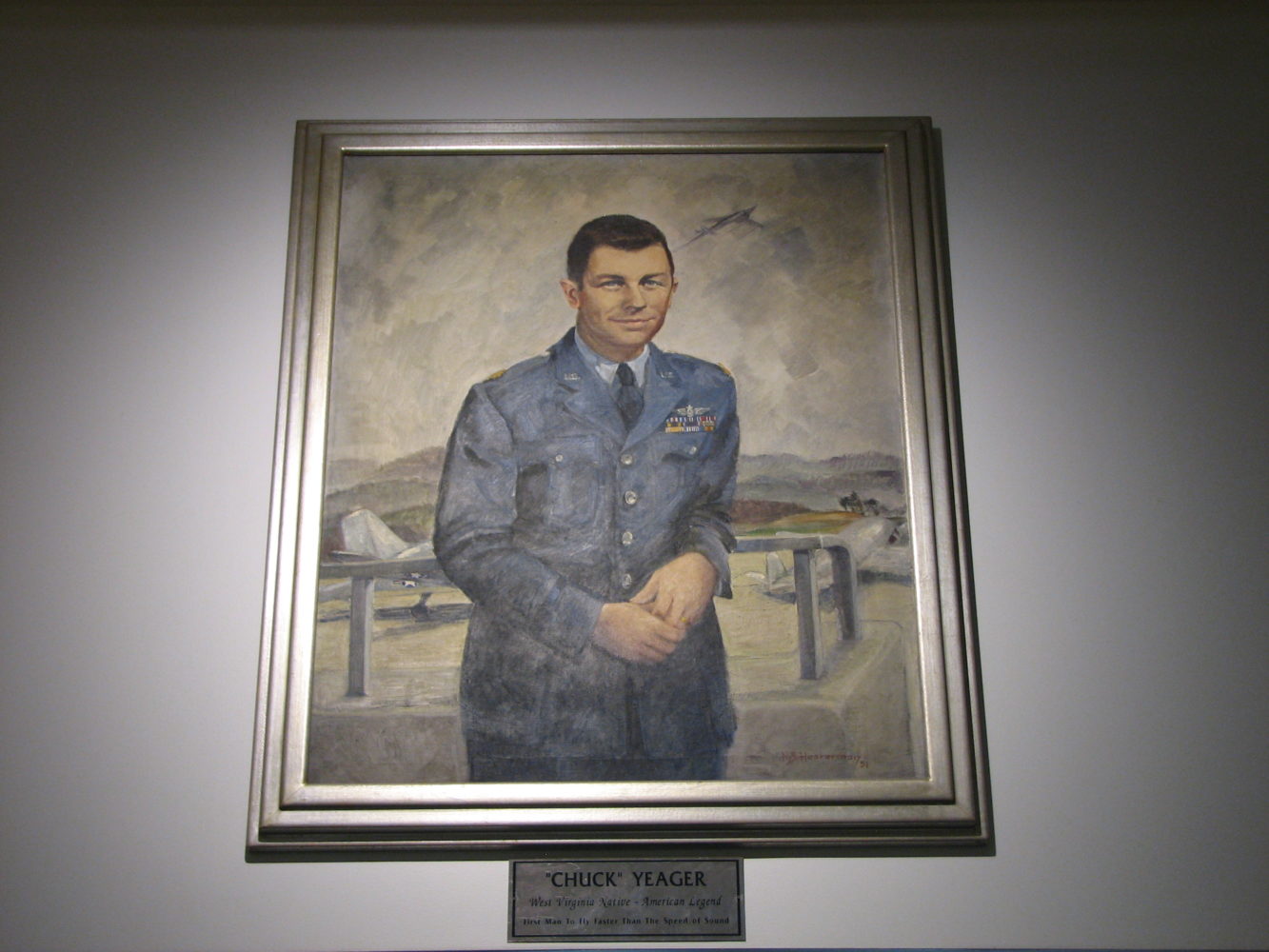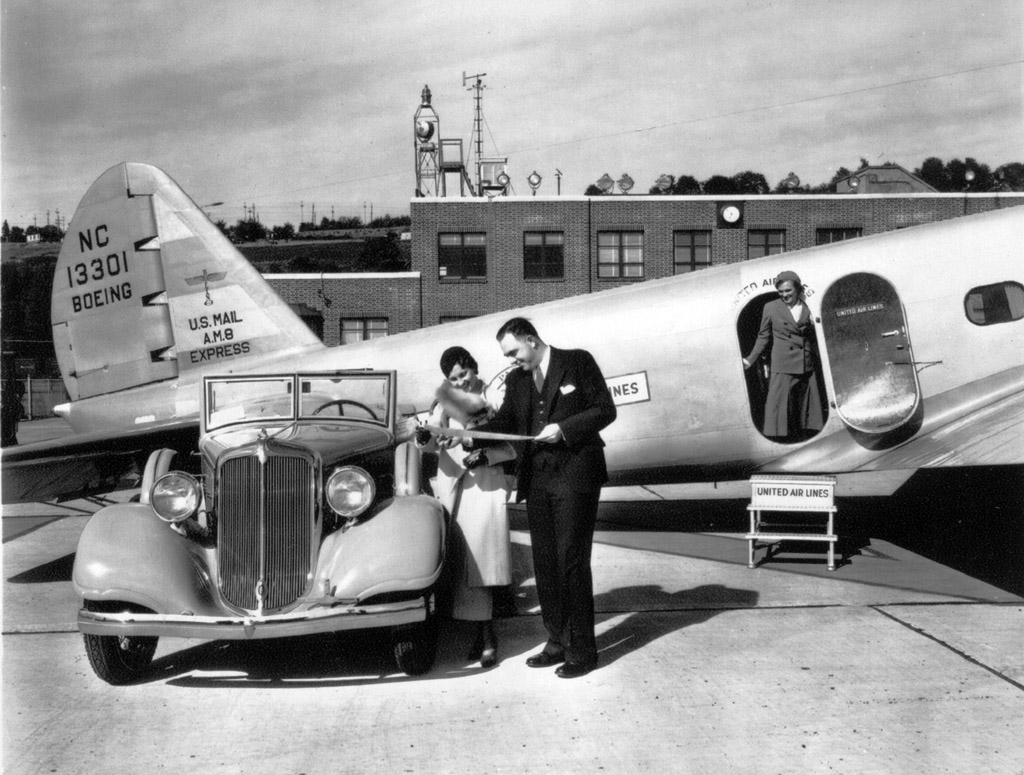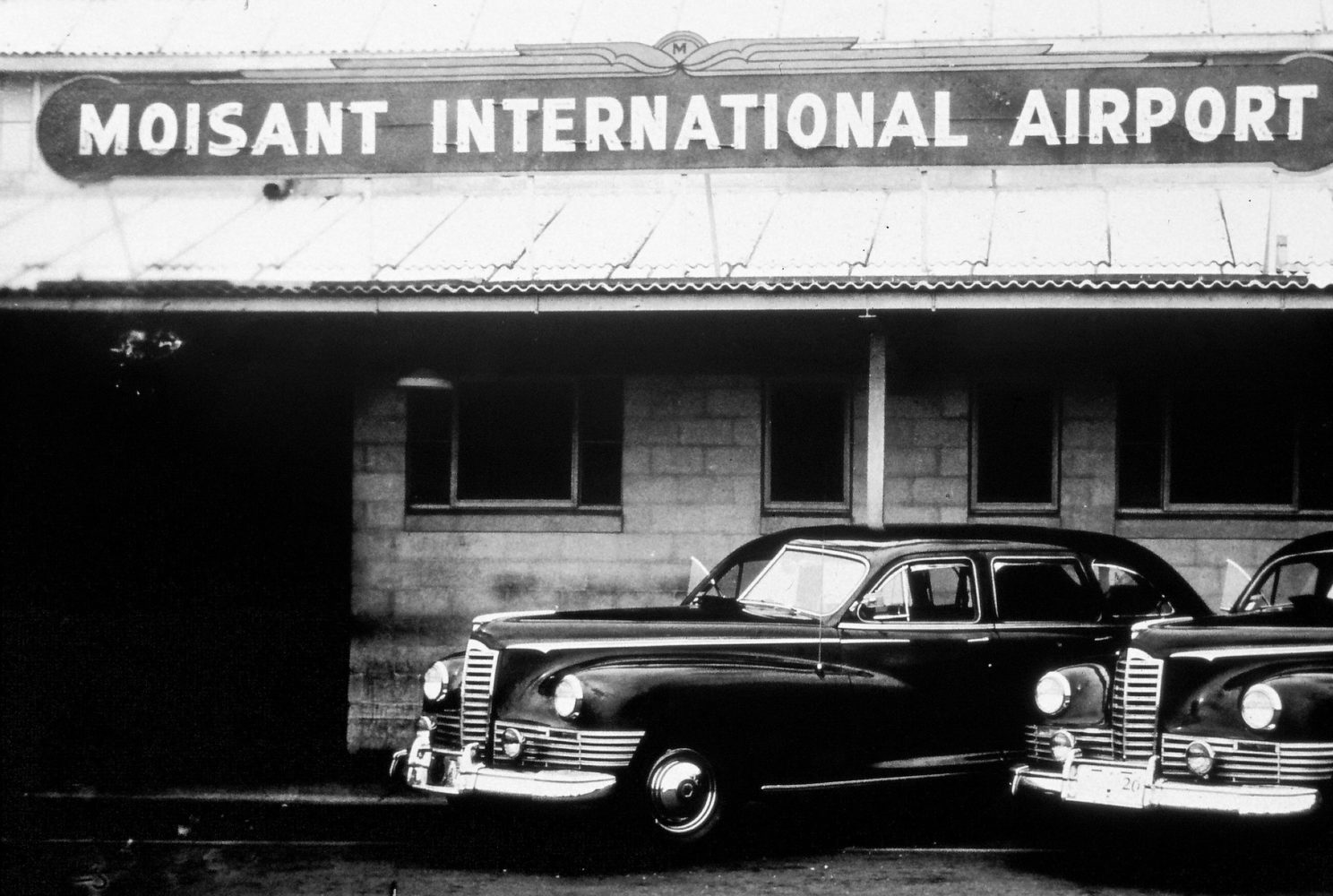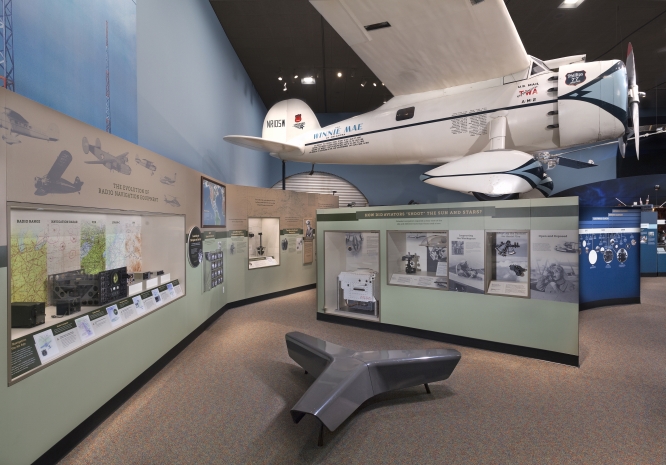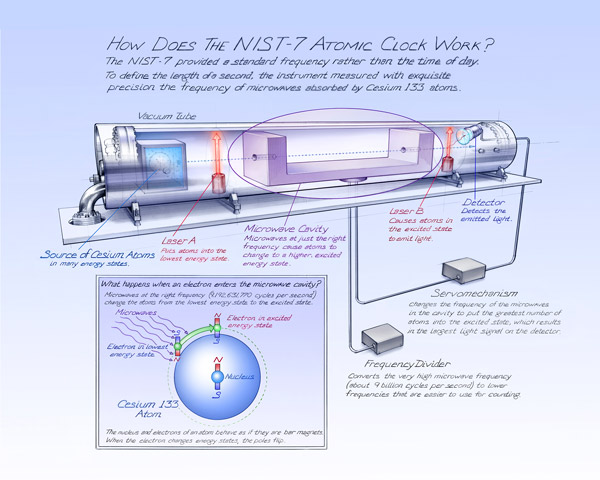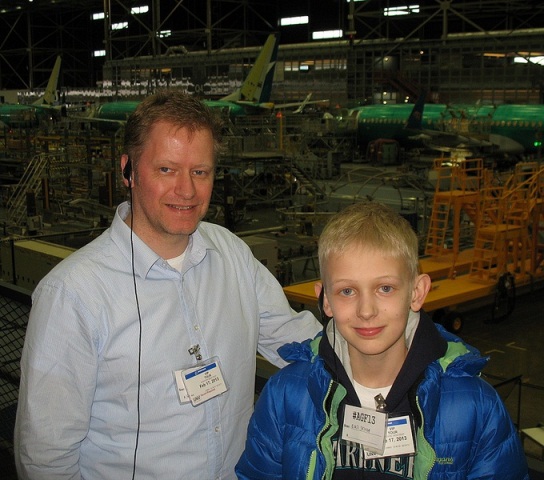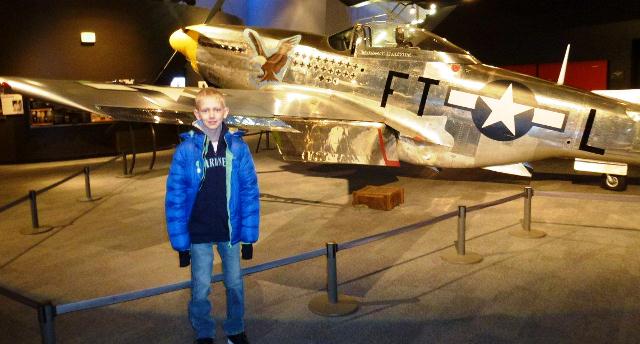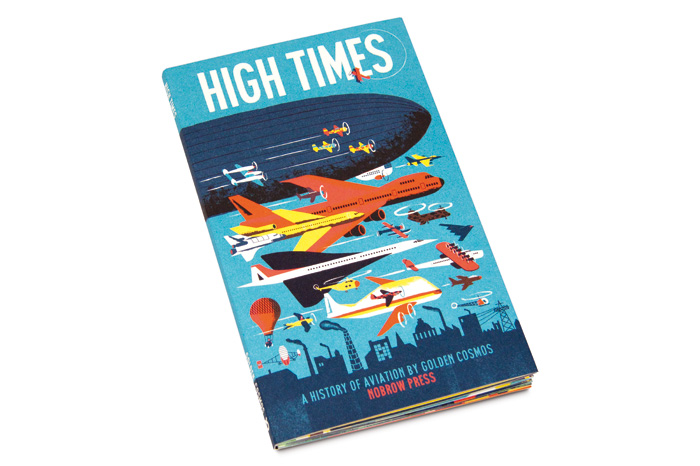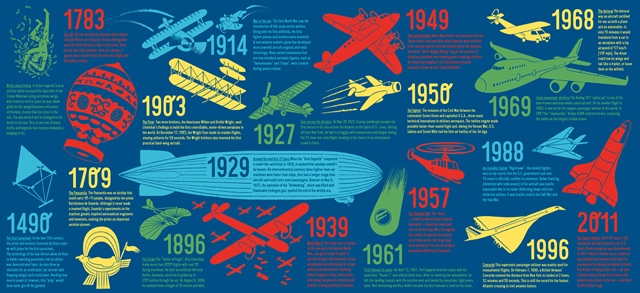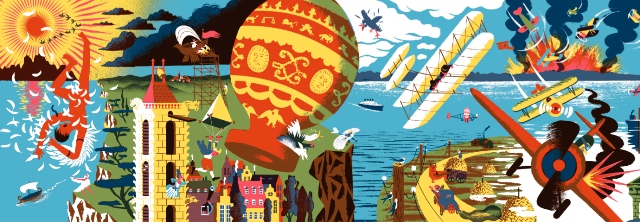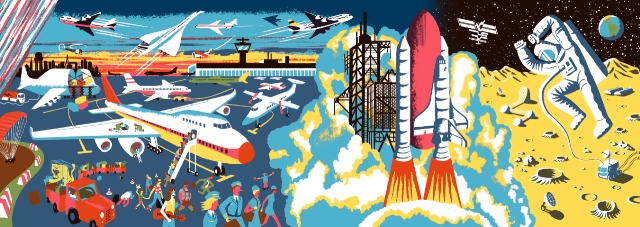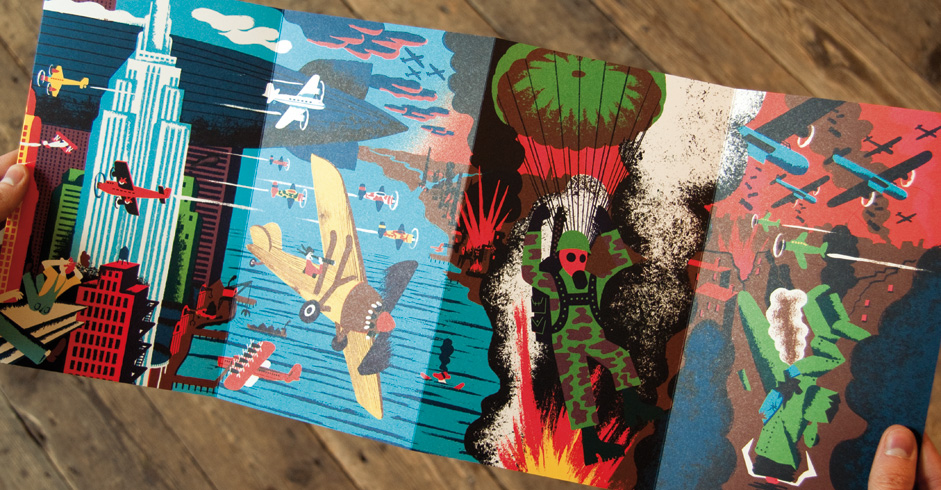Former presidents George H. W. Bush, Ronald Reagan, John F. Kennedy, Gerald Ford, Abraham Lincoln and Bill Clinton all have airports named for them. So do former cabinet secretaries John Foster Dulles and Norman Y. Mineta and celebrities as varied as John Wayne, Bob Hope, Louis Armstrong, Will Rogers and Arnold Palmer.
There’s also a long-held tradition of naming airports, airfields and terminals for people with links to aviation history. Here are a dozen to explore.
In 1928, San Diego Municipal Airport was dedicated as Lindbergh Field in honor of Charles A. Lindbergh, who took off nearby on May 10, 1927 for St. Louis, New York and then Paris for would become the first, solo, non-stop transatlantic flight.
Today, passengers at San Diego International Airport can see a life-size replica of Lindbergh’s Spirit of St. Louis airplane hanging above baggage claim in Terminal 2 and a 26-inch-tall bronze bust depicting the aviator in his leather flight jacket. (Unfortunately, a popular 30-foot tall mural of Lindbergh – above – with a model of his famous airplane that was applied to the east wall of the Commuter Terminal in 1997 was removed in June 2012 as part of a building maintenance project.)
Lucky Lindy is also remembered at Minneapolis-St. Paul International Airport. MSP’s Charles A. Lindbergh Terminal opened in 1962 and was renamed Terminal 1- Lindbergh in 2010. A plaque and a bust honoring Lindbergh, who grew up on a farm in Little Falls, Minn., can be found near the information booth in the ticketing lobby.
Denver International Airport’s main terminal building is named in honor of Elrey Jeppesen, an early airmail pilot whose small black notebook filled with navigational notes about mountain elevations, radio towers, landmarks and possible obstructions gave way in the mid-1930s to a company that printed and sold manuals and charts giving pilots a better way to figure out where they were.
Jeppesen, whose Denver-area navigational aid company is now computerized and owned by Boeing, got his first pilot’s license in 1928 (it was signed by Orville Wright) and was the first passenger to deplane from the first flight that arrived at the Jeppesen Terminal in 1995. An exhibit about Jeppesen, who died in 1996, is on Level 6 North of the Jeppesen Terminal and includes a copy of his first pilot’s license as well as his original airmail pilot jumpsuit, leather helmet, and goggles; a larger-than-life-size bronze sculpture of Jeppesen is on Level 5 of the terminal.
In Wisconsin, Milwaukee’s General Mitchell International Airport (MKE) honors Brigadier General William “Billy” Mitchell, an accomplished, outspoken and controversial pioneer in American military aviation. Mitchell’s medals, his portrait, photos and a model of his DH-4 Osprey aircraft are on display in the Mitchell Gallery of Flight, the airport’s free, on-site museum.
Chicago’s Orchard Field (the source of the ORD airport code) was renamed Chicago-O’Hare International Airport in 1949 to honor naval aviator Lt. Cmdr. Edward H. “Butch” O’Hare, a Medal of Honor recipient from Chicago who died in World War II. An exhibit in the main hall of Terminal 2 includes a replica of O’Hare’s Grumman F4F-3 Wildcat plane and memorabilia from the era.
Dayton General Airport South, a general aviation facility in Ohio, was renamed Dayton-Wright Brothers Airport (MGY) in 1995 to honor Wilbur and Orville Wright, who worked on aviation projects in town. The brothers’ accomplishments are celebrated at an on-site hangar museum that both displays and flies Wright Model B lookalike planes, along with other historically accurate aircraft.
In Charleston, West Virginia, the Kanawha Airport was renamed Yeager Airport (CRW) in 1985 to honor flying ace and retired Brigadier General Charles “Chuck” Yeager who, in 1947 became the first pilot to travel faster than the speed of sound. Travelers will see a bronze statue of General Yeager in the terminal, his portrait in the public area, and a metal art piece titled “Sound and Beyond” on the roadway near the terminal.
The cargo-dedicated Rickenbacker International Airport (LCK) in Columbus, Ohio honors Columbus-born Eddie Rickenbacker, who was a commercial-aviation executive, race-car driver, World War I flying ace and one-time owner and operator of the Indianapolis Motor Speedway.
In Seattle, the King County International Airport, also known as Boeing Field, is named for Boeing Company founder William E. Boeing, while Atchison, Kansas-born aviatrix Amelia Earhart is honored at that city’s Amelia Earhart Memorial Airport. And celebrated pilot and high altitude flight equipment innovator Wiley Post – the first pilot to fly solo around the world – has an airport named for him just outside of Oklahoma City.
Not all airports tagged with names from aviation history get to keep those titles.
In Louisiana, what is now Louis Armstrong New Orleans International Airport (MSY) was originally named Moisant Field in 1946 (and, later, Moisant International Airport) in honor of John B. Moisant.
Moisant didn’t live in New Orleans, but died in an airplane crash there on the last day of December 1910 while competing in a contest that promised $4,000 in prize money to the pilot whose plane stayed in the air the longest.
Before his demise, Moisant gained fame in 1909 for building and flying the first metal airplane and, in 1910, for taking the first airplane passenger across the English Channel. Along for the ride that day was Moisant’s regular flying companion – his cat.
(My story about airports named for aviation pioneers first appeared in my ‘At the Airport’ column on USA TODAY in a slightly different format under the title: What’s in an airport name? Sometimes it’s aviation history.”
